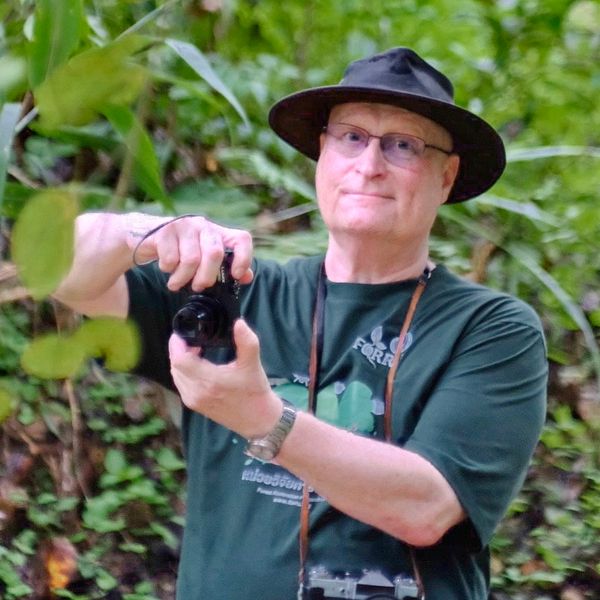Integrating scientific research with community needs to restore a forest landscape in northern Thailand: a case study of Ban Mae Sa Mai

Elliott, S., C. Kuaraksa, P. Tunjai, T. Toktang, K. Boonsai, S. Sangkum, S. Suwanaratanna & D. Blakesley, 2012. Integrating scientific research with community needs to restore a forest landscape in northern Thailand: a case study of Ban Mae Sa Mai. Pp 149-152 in Stanturf, J., P. Madsen & D. Lamb (Eds), A Goal-Oriented Approach to Forest Landscape Restoration, Springer. DOI 10.1007/978-94-007-5338-9_7
Contributors
This book chapter was the first attempt to write up our collaborative work with the Hmong community of Ban Mae Sa Mai as a case study – exploring interactions between the scientific and socioeconomic aspects of forest restoration, from lessons learned whilst establishing FORRU-CMU’s first field trial plot system in the Upper Mae Sa Valley. Ach. Steve and Ach Dia first presented the case study at the “International Conference on Forest Landscape Restoration” in Seoul, South Korea in May 2007. We thank the late David Lamb for support to attend the event and John Stanturf for seeing the work through to publication as a chapter in “A Goal-Oriented Approach to Forest Landscape Restoration” . The volume is full of interesting papers, but it is also very expensive. We have a copy in the FORRU-CMU office book cupboard, if borrowing meets your needs and you are local (please contact us ). Several versions of the case study have evolved and been published subsequently – the latest one is here. Furthermore, the International Tropical Timber Organization (ITTO) recently included it in its “Guidelines for Forest Landscape Restoration in The Tropics” (page 95).
ABSTRACT- This paper describes a forest restoration research project in Doi Suthep-Pui National Park, N. Thailand, which successfully combined the needs of science with those of local villagers. Field trials were established by Chiang Mai University’s Forest Restoration Research Unit (FORRU-CMU) to test the framework species method of forest restoration, in collaboration with the Hmong hill tribe community of Ban Mae Sa Mai village. The project generated a successful method to restore evergreen forest on deforested land, as well as insights into the factors that influence villagers’ participation in forest restoration.
Canopy closure was achieved 3 years after planting 20–30 framework tree species. Rapid biodiversity recovery was also achieved with 73 species of recruit (non-planted) tree species re-colonizing the plots from 5 to 9 years after planting and bird species richness increased from 30 species before planting, to 88 after 6 years.
Watershed protection was the most important reason why the villagers participated so enthusiastically in this project. Social impacts were also highly valued, particularly a better relationship with the national park authority, which reduced the perceived threat of eviction from the national park. Economic values were usually regarded as less important. Payments from FORRU-CMU for labour and community projects, although appreciated, were clearly not the main motivation for villagers and forest products collected from the reforested sites were only a minor contribution to the village economy.
Several pre-existing conditions contributed to the success of this project. The villagers had already made the decision to plant trees when the project started, so there was no need to persuade them of the value of the activity. Secondly, the village was a large and highly organized community. Thirdly, the villagers had little need to exploit the forest for material needs and lastly the villagers had a long history of working with outside organizations on projects, so negotiation mechanisms already existed.



